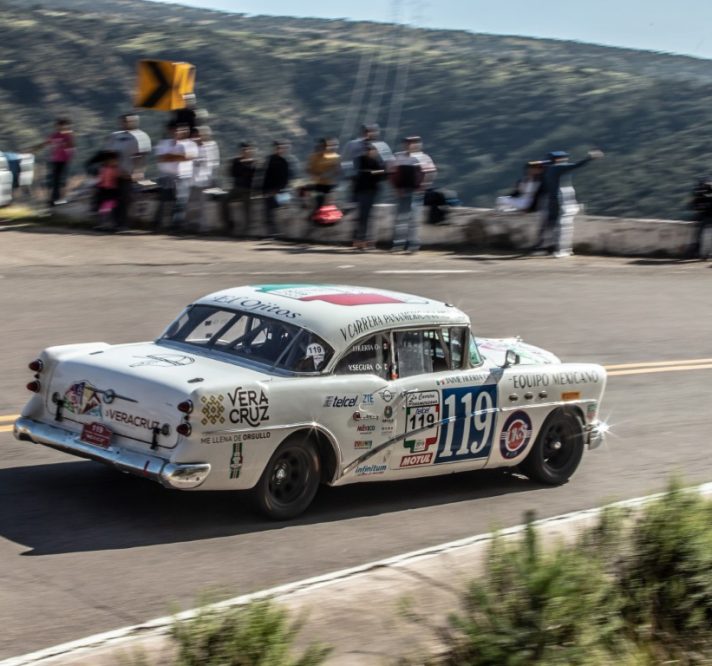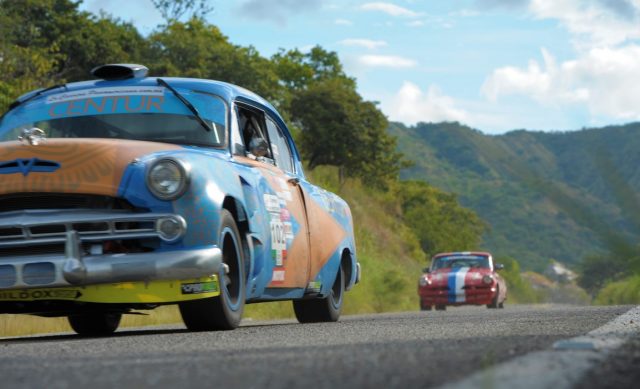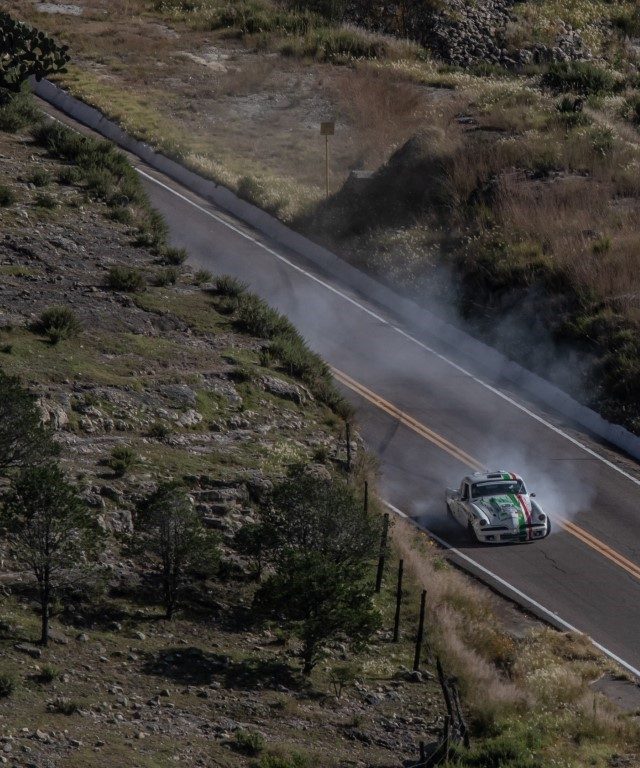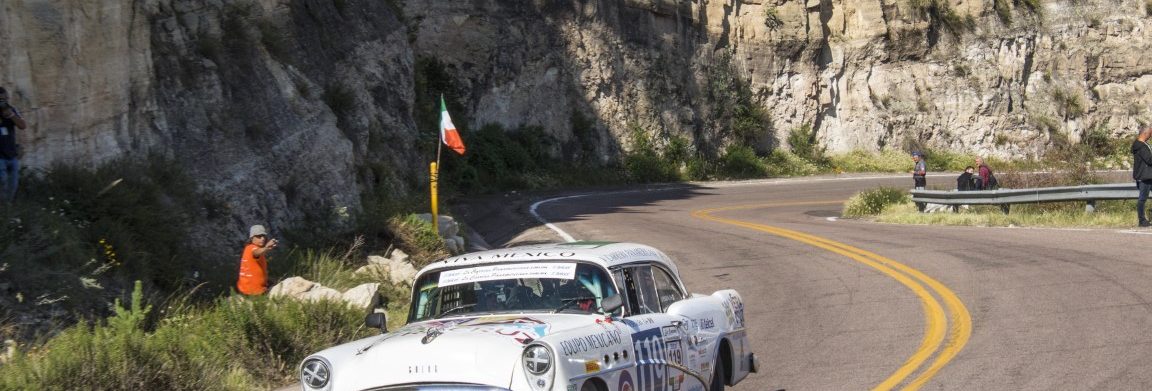
It’s an event that’s exhilarating, frightening and legendary, one of those bucket-list challenges



Let’s start by saying that La Carrera Panamericana makes all other classic events look really tame. Really, really tame. Mad, bad and dangerous to know since its instigation in 1950 to celebrate the inauguration of the recently created Pan-American Highway, it continued until 1954 and quickly acquired the reputation of being the ultimate road race – but lethal with it. It was relaunched as an historic car event in 1988, and now around 80 classics complete the 3000km route through Mexico every autumn, along fast, dusty, treacherous roads. European sports cars mix with American saloons in original livery – the regulations allow 249 1940-’54 models, 200 1955-’73/’74/’75 (depending on class) cars and 50 modern classics that are allowed to follow the route on the understanding that they won’t be classified in the results. It’s an event that’s exhilarating, frightening and legendary, one of those bucket-list challenges that could be hard to resist for anyone looking for the ultimate automotive adrenaline fix.

It’s an event that’s exhilarating, frightening and legendary, one of those bucket-list challenges

